Saturday 13th February, we decided to head off to Hornsea Mere to try and get some pictures of a long staying drake Long-tailed Duck. Hornsea Mere is a large natural lake, covering around 580 acres, with around 300 acres of open water and after searching for four hours, we simply couldn’t find the “Old Squaw”. There were however large numbers of Goldeneye (c200) with many males displaying. There were even bigger numbers of Pochard, Tufted Duck and Teal. Some of the largest numbers of Pochard I’ve seen all winter. Smaller numbers of Gadwall, Wigeon and Shoveler. I had some good opportunities to get a few pictures of Common Gull, which are not always easy to photograph and are an attractive gull and often overlooked.
We cut our losses at Horsea and called in at North Cave Gravel Pits for a drake Green-winged Teal, fortunately this bird was on view. After a short time watching it, we then decided to head off to RSPB Blacktoft Sands Reserve, for the evenings Harrier Roost. Early on there was plenty of Marsh Harrier activity, with at least ten individuals over the reed beds and after an hour, eventually, 2 grey male Hen Harrier came into the roost. Three Common Snipe in front of the hide. Around 5pm there was a huge murmuration of Starlings, which performed spectacularly over the distant reed bed. My Year List has moved on to 123.
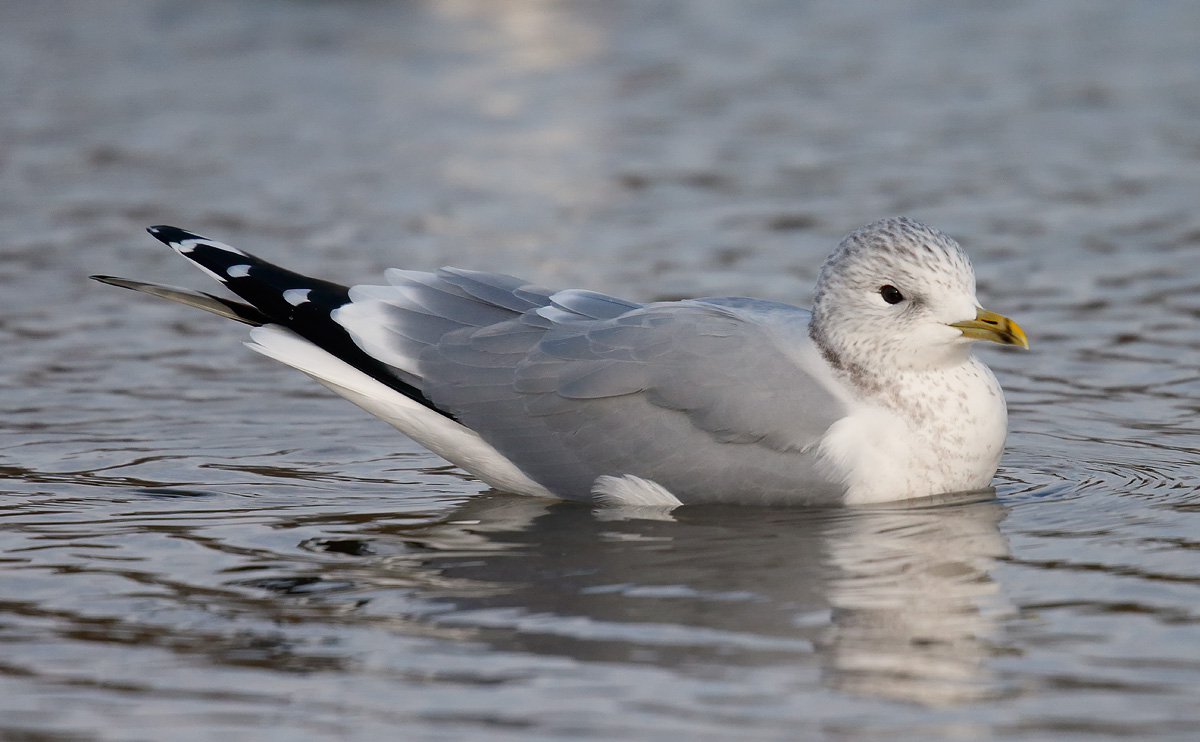
Common Gull – Adult winter – Hornsea Mere, East Yorkshire – Tony Davison© – Lovely gulls with a very gentle expression.
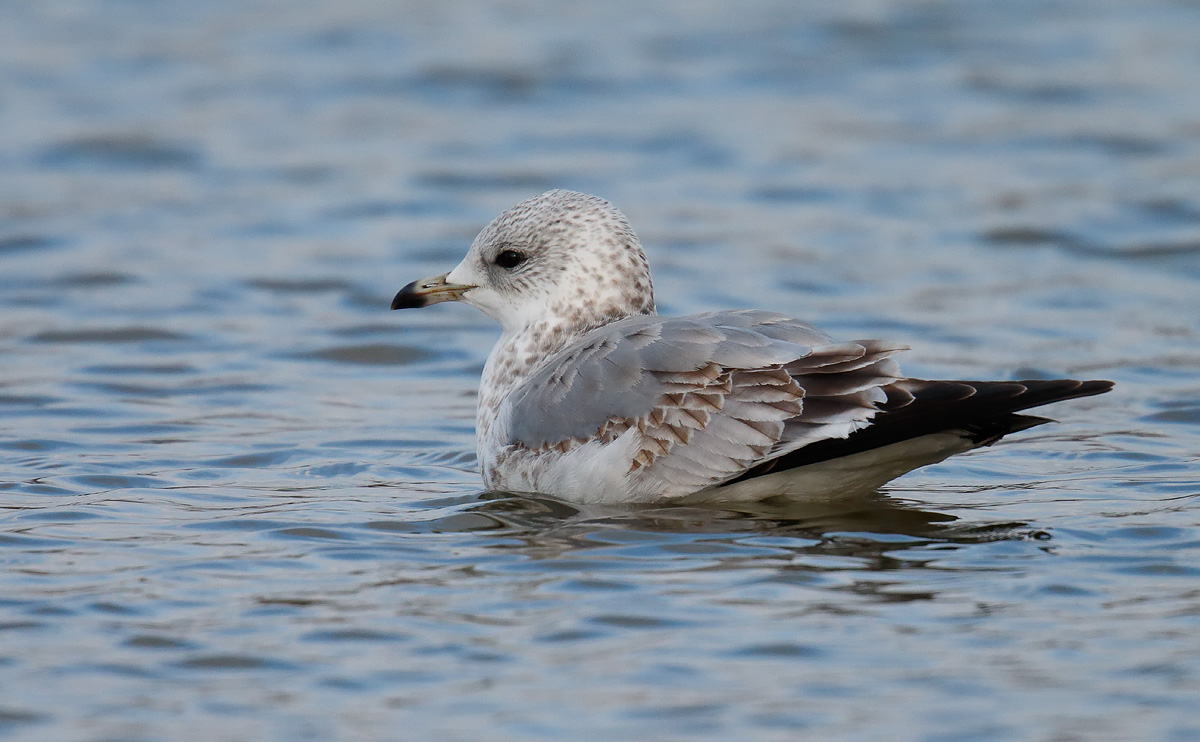
Common Gull – 1st winter – note the dappled head and neck and black tip to otherwise pinkish-grey bill, grey mantle saddle – Tony Davison©
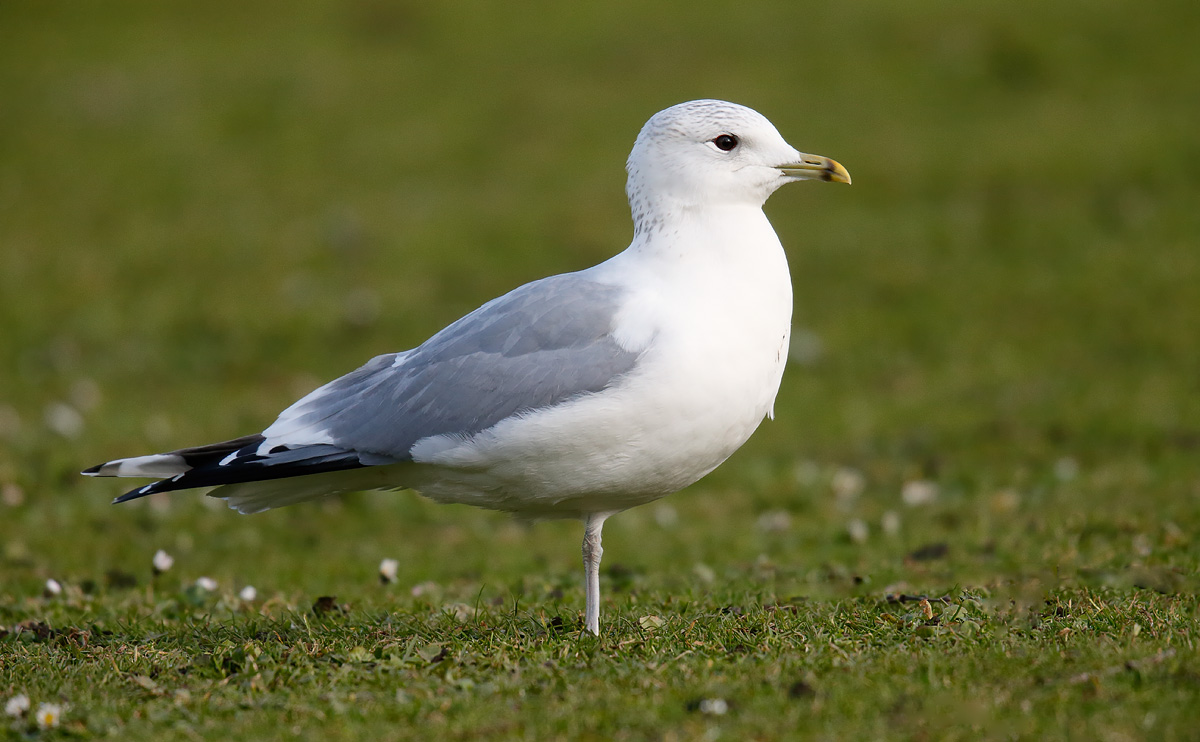
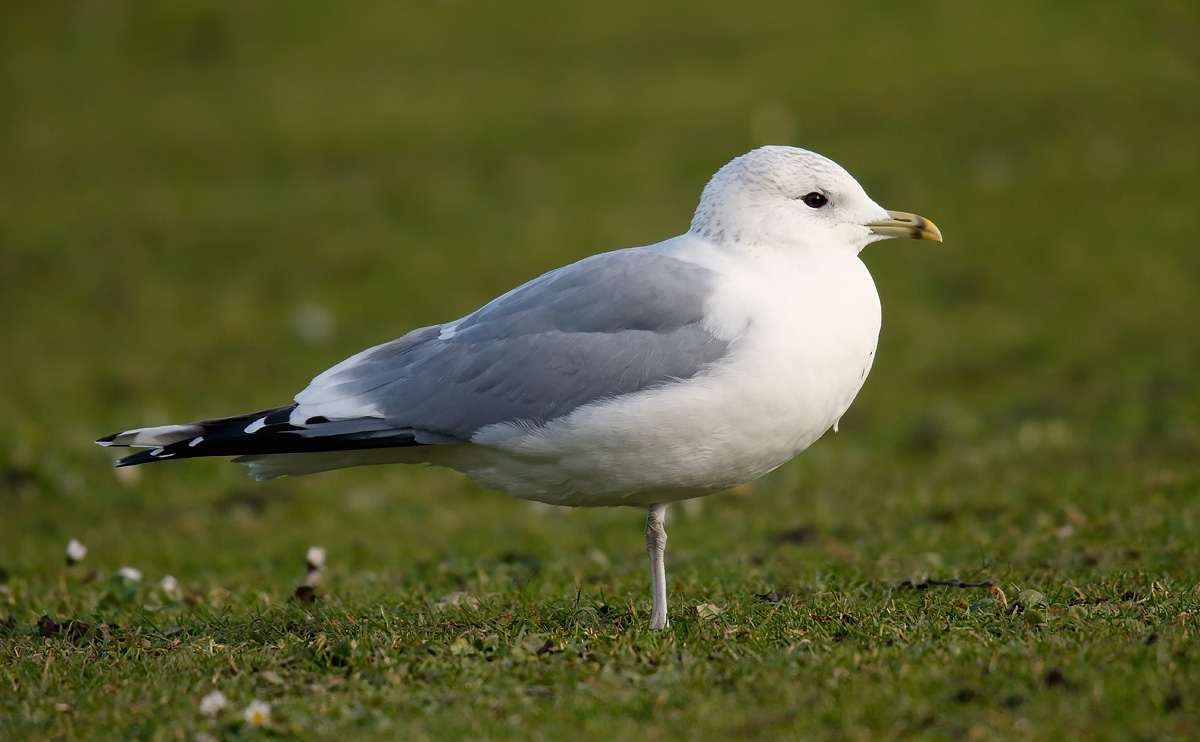
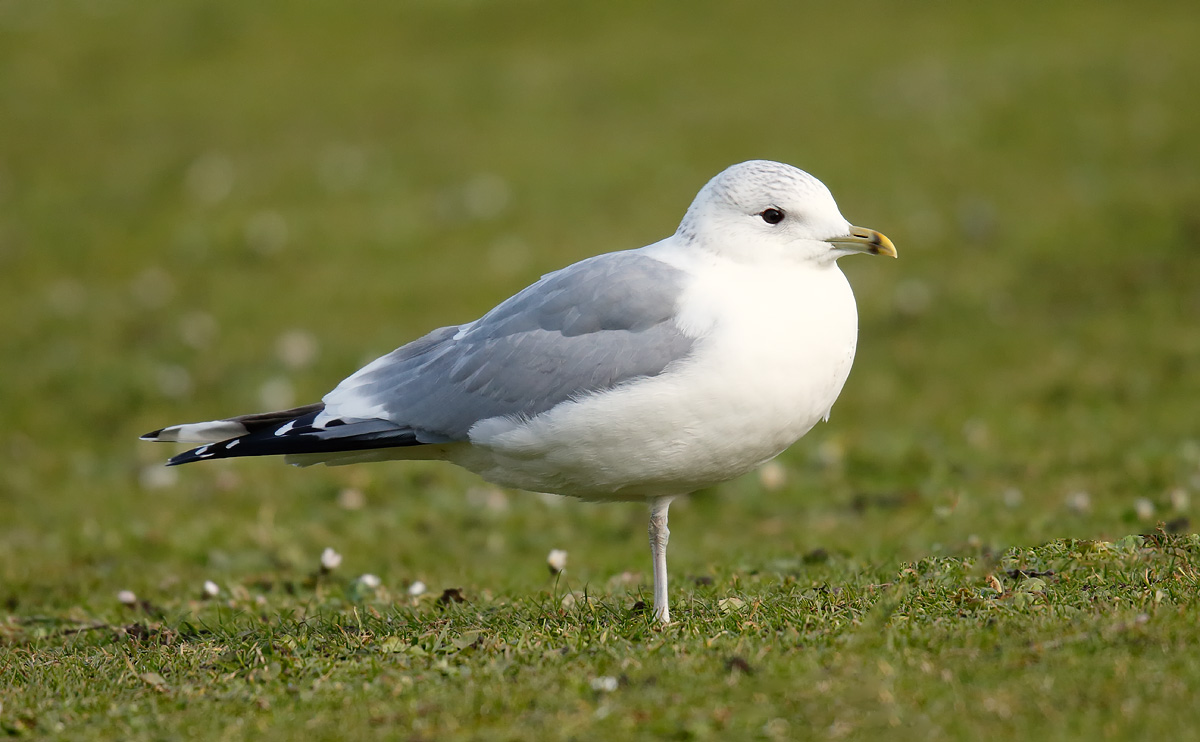
Common Gull – adult winter – above three images – Tony Davison©
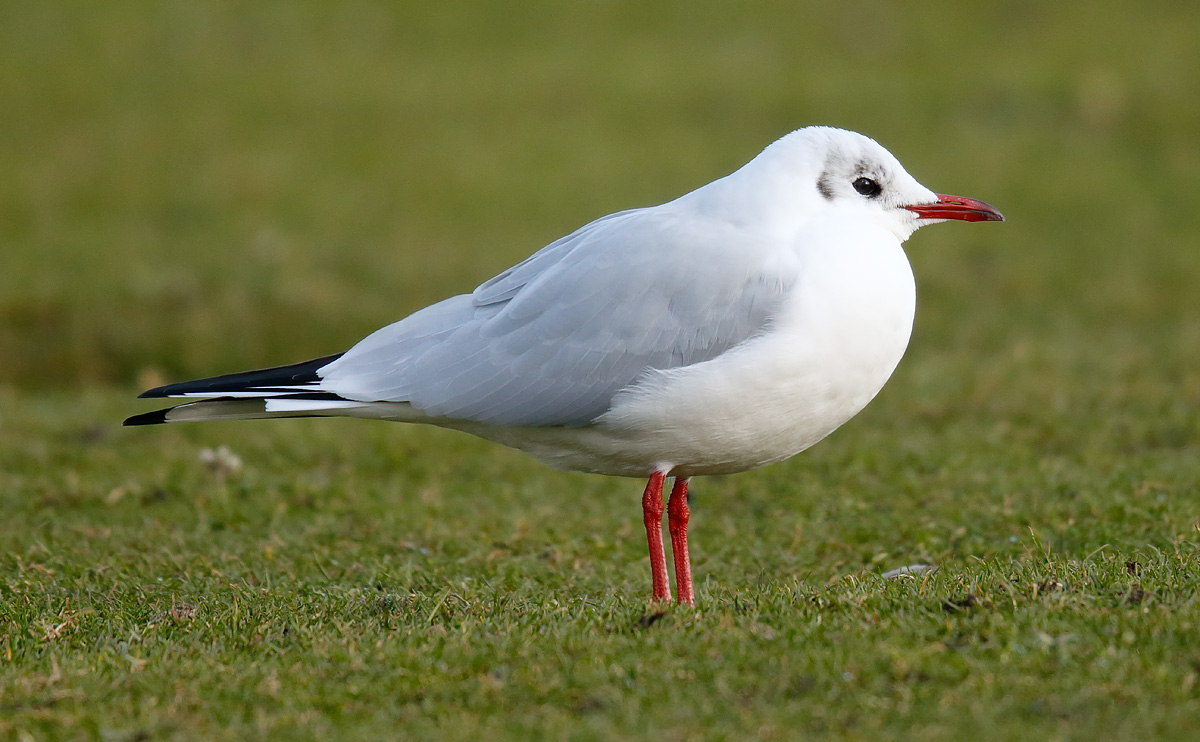
Black-headed Gull – adult winter – Tony Davison©
